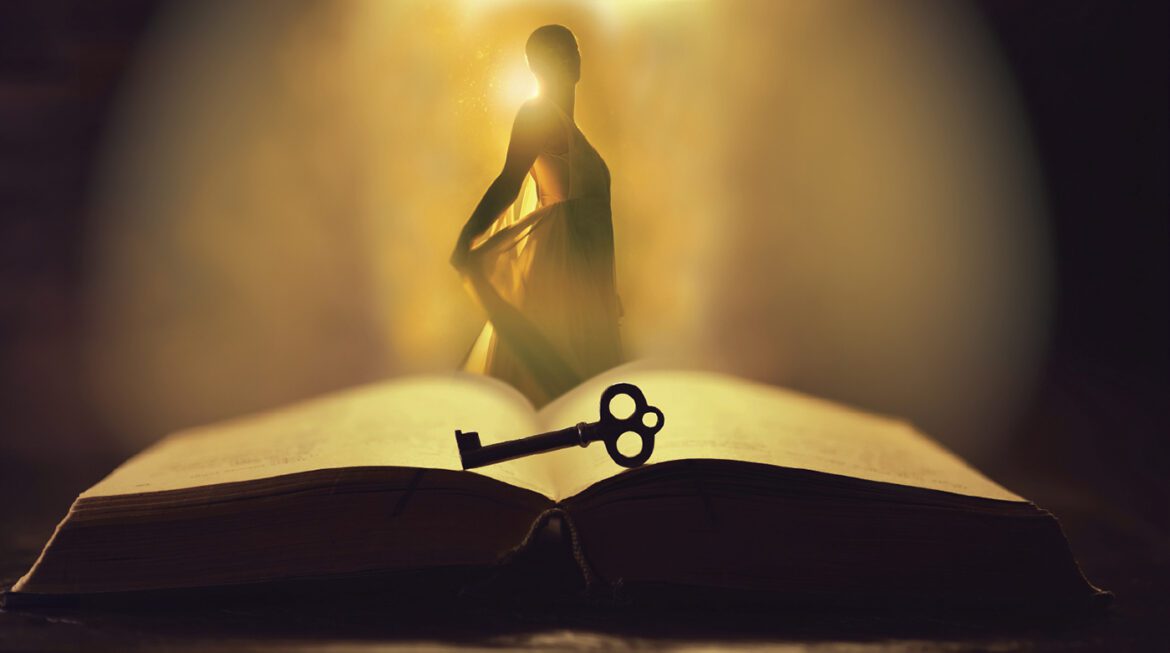Historical fiction has long provided readers with a window into the past, allowing them to explore pivotal events and figures through a creative lens. In recent years, a growing trend has emerged within the genre: the reimagining of the lives of famous historical women. Many of these women were either overlooked or misrepresented in traditional historical accounts, and now, authors are using fiction to give them a voice. Through these novels, readers are invited to experience the untold or forgotten stories of women who played significant roles in shaping history, but whose contributions were often diminished or obscured by time.
In patriarchal societies, women’s stories were frequently excluded from historical narratives, or when they were told, they were filtered through male perspectives. However, historical fiction is challenging this imbalance by spotlighting women’s experiences, emotions, and motivations in a way that official histories rarely do. These fictionalized accounts breathe life into past figures, offering new interpretations of their legacies. By imagining the inner worlds of women like Cleopatra, Anne Boleyn, or Josephine Bonaparte, authors give readers fresh insight into the pressures, ambitions, and struggles these women faced in their time.
This trend not only provides entertainment but also sparks curiosity among readers, encouraging them to learn more about the real lives behind these narratives. In many ways, historical fiction is helping to correct the record, allowing readers to see how women, even in restrictive eras, exercised power and influence in creative and sometimes subversive ways.
The Book of Longings by Sue Monk Kidd is a novel that imagines the life of Ana, the fictional wife of Jesus, and gives her a voice that has long been absent from traditional Christian narratives. In The Book of Longings, Ana is depicted as a strong, intellectual woman with a powerful sense of purpose, who yearns to make her mark in a world dominated by men.
Hamnet by Maggie O’Farrell is centered on the life of Shakespeare’s wife, Agnes (often called Anne Hathaway), Hamnet explores her inner world, her relationship with her famous husband, and her grief following the death of their son. O’Farrell shines a light on a woman who has often been relegated to a footnote in the Bard’s history.
The Paris Wife by Paula McLain tells the story of Hadley Richardson, the first wife of Ernest Hemingway. McLain reimagines Hadley’s perspective on her marriage to one of the most celebrated authors of the 20th century, capturing her personal struggles and resilience.
Circe by Madeline Miller is rooted in mythology and reimagines the life of the famous enchantress from The Odyssey in a profoundly human way. Miller gives her a fully realized character arc, turning her into a powerful figure who grapples with loneliness, love, and independence.
The Other Boleyn Girl by Philippa Gregory focuses on Mary Boleyn, the often overlooked sister of Anne Boleyn, this novel brings Mary to the forefront, exploring her life and the courtly intrigue of the Tudor era. Gregory’s book has sparked renewed interest in both Mary and Anne’s stories.
The rise of historical fiction that focuses on famous women is allowing readers to see history through a more inclusive lens. These stories reveal the complexities of women’s lives, their resilience, and the profound impact they had on history. By reimagining their lives, authors help us gain a deeper understanding of the past and, ultimately, ourselves. As this trend grows, it opens up new possibilities for the ways we engage with and interpret history, particularly the stories of those who were long overlooked.

